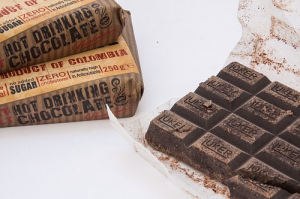
Yes, studies show that cocoa and dark chocolate have antioxidant properties. So do blueberries. And so too does Coenzyme Q10. In its oxidized form, Q10 facilitates the production of ATP energy units in the cells. In its reduced form, Q10 quenches free radicals.
In last week’s article, Dr. William Judy explained the different forms of the fat-soluble substance Coenzyme Q10 in the body: the ubiquinone, semi-ubiquinone, and ubiquinol forms. In this week’s article, he goes on to explain the functions of the different forms of Q10.
Ubiquinone Q10
The oxidized form of Coenzyme Q10, the ubiquinone form, is the rather stable form. Dr. Judy says that it can be stored in a cool, dry place for years without its losing its strength.
Bright yellow orange color of ubiquinone Q10
Ubiquinone is bright yellow orange in color. If you cut open a Coenzyme Q10 capsule, you should expect to see a fluid with an orange-ish color. That will a sign that you have purchased the ubiquinone form of Coenzyme Q10.
If, however, you cut open the capsule, and you see a milky-white fluid, then you have purchased a ubiquinol supplement, which is considerably less stable and which is not going to be absorbed any better than a good ubiquinone Q10 supplement. In fact, I have heard of a few cases in which the ubiquinol supplement was so unstable that it converted to ubiquinone inside the capsule. And we know that the contents of ubiquinol supplements convert to the ubiquinone form in the stomach and small intestine, prior to absorption.
Ubiquinone Q10 an electron acceptor
Coenzyme Q10 molecules are redox molecules. As such, they are involved in oxidation-reduction chemical reactions in which they take on or give up electrons. Oxidation is a reaction in which electrons are lost. Reduction is a reaction in which electrons are gained.
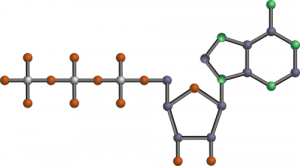
The ATP molecule (adenosine triphosphate molecule) is thought of as the “molecular unit of intracellular energy.” Coenzyme Q10 plays a vital role in the formation of the ATP molecules.
Ubiquinone, the oxidized form of Q10, is thus ready to accept electrons. It is ubiquinone’s ability to accept electrons that allows it to play an essential role in the electron transport chain in the cellular energy production process. Coenzyme Q10 in its ubiquinone form shuttles electrons across the inner membrane of the mitochondria in the cells, and, in so doing, facilitates the conversion of ADP to ATP, the basic unit of energy in the cells.
Dr. Judy estimates that ubiquinone Q10 is involved in the production of at least 95% of the energy produced in the mitochondria of every human cell. Typically, Dr. Judy expects the Q10 concentrations in cardiac muscle cells to be approximately 16% higher than the Q10 concentrations in skeletal muscle. Adequate Q10 concentrations are especially important in the heart muscle cells because the heart is constantly working and constantly needing energy.
Semi-ubiquinone = an intermediate stage of the Q10 molecule
Dr. Judy calls semi-ubiquinone the partially oxidized and partially reduced form of Coenzyme Q10. It seems to be an unstable form, and it is not used in any commercial Coenzyme Q10 products. As an intermediate form, it does affect mitochondrial membrane function.
Ubiquinol, the fully reduced form of Coenzyme Q10
Ubiquinol is the form of Coenzyme Q10 that has taken on two extra electrons. As such, it is in position to be an electron donor. It is very unstable and will readily act as a lipid soluble antioxidant.
Antioxidant function of Q10
Ubiquinol is well suited for its antioxidant function. Its importance to the maintenance of human cells is that it gives up electrons that are used to quench (neutralize) superoxides and other free radicals.
Q10 quenching free radicals
If these free radicals (also called reactive oxygen species) are not neutralized by an antioxidant, then the free radicals can set off chain reactions of losing and taking on electrons. These chain reactions can damage and kill cells.
Q10 and oxidative stress
If the chain reactions of the reactive oxygen species such as hydroxyl radicals, peroxide radicals, singlet oxygen radicals, and superoxide radicals are not stopped and continue to build up in number and intensity, then the result is damage to the cells known as oxidative stress. The damaging effects of oxidative stress are thought to be positively associated with the development of various degenerative diseases.
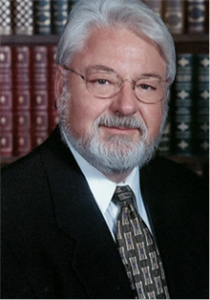
Dr. William Judy. Former aerospace scientist with NASA, retired Indiana University School of Medicine Professor of Physiology, and long-time Coenzyme Q10 researcher and consultant.
Ubiquinol not involved in energy production
Please note that – despite some claims to the contrary – the ubiquinol form of Coenzyme Q10 is not involved in the energy production process in the body. Rather, ubiquinol is, as Dr. Judy says, a by-product of the energy production process in which the ubiquinone Q10 form plays an essential role.
Ubiquinol regenerates Vitamin C and Vitamin E
Ubiquinol’s function in the body is the important antioxidant function. It quenches free radicals. In addition, ubiquinol donates hydrogen ions that recycle vitamins C and E, thus converting these vitamins to their reduced and active forms as antioxidants. In other words, ubiquinol regenerates Vitamin C and Vitamin E in body, giving the cells even more protection against the damage that free radicals can cause.
The beauty of the Coenzyme Q10 redox molecules
In very basic terms, the ubiquinone Q10 molecules play an essential role in the production of energy units in the mitochondria of the cells in a process known as oxidative phosphorylation. Then, having carried out this important function, the molecules of the reduced form of Q10, the ubiquinol form, stand ready to quench harmful free radicals.
The beauty of the Coenzyme Q10 molecules is that whenever the ubiquinol molecules give up electrons to quench free radicals, the ubiquinol molecules do not themselves become grasping, greedy free radicals looking to steal electrons from other molecules. Instead, what remains after free radicals have been neutralized in an antioxidant operation is the oxidized form of Q10, the ubiquinone form, the form that is needed for more energy production.
Q10 molecules converted back and forth
The Coenzyme Q10 molecules get converted back and forth from their oxidized form to their reduced form time and time again. It is not the case that the Q10 molecules carry out their function one time and are used up.
Q10 an essential bio-nutrient
It is easy to see, in Dr. Judy’s description of the functions of the Coenzyme Q10 molecules, why Dr. Karl Folkers called Q10 the essential bio-nutrient. Both cardiac muscle cells and skeletal muscle cells are dependent up on Q10 molecules for energy metabolism and for antioxidant defense.
Beneficial Q10 effects in human clinical studies
The importance of ubiquinone Q10 supplementation has been demonstrated in randomized, double-blind, placebo-controlled studies. These are studies that have been designed so carefully that the researchers can conclude that the differences in health outcomes between a Q10 treatment group and a placebo group must be attributed to the effect of the Q10 supplementation.
Statistically significant outcomes in Q10 clinical studies
In patients with chronic heart failure receiving an adjunctive Q10 therapy, we have seen significant improvement in symptoms and survival (the Q-SYMBIO study).
In elderly citizens (age range: 70 – 88 years), we have seen supplementation with a combination of ubiquinone Q10 and an organic selenium yeast result in significantly fewer cardiovascular deaths, improved quality of life, and fewer days spent in the hospital (the KiSel-10 study).
And in the case of Gulf War veterans suffering from chronic multi-symptom problems, we have seen that supplementation with ubiquinone Q10 can significantly improve symptoms and physical function (The Gulf War Illness study).
Read our key article about CoQ10 and cardiovascular health in elderly people
Sources
- Alehagen, U., Johansson, P., Björnstedt, M., Rosén, A., & Dahlström, U. (2013). Cardiovascular mortality and N-terminal-proBNP reduced after combined selenium and coenzyme Q10 supplementation: a 5-year prospective randomized double-blind placebo-controlled trial among elderly Swedish citizens. International Journal Of Cardiology, 167(5), 1860-1866.
- Golomb, B. CoQ10 and gulf war illness. Neural Computation 2014 Nov; Vol. 26 (11), pp. 2594-651
- Judy, W.V., Stogsdill, W.W., Judy, D.S., & Judy, J.S. (2007). Coenzyme Q10: Facts or Fabrications? Natural Products Insider. Retrieved from http://www.zmc-usa.com/docs/CoQ10_Facts_or_Fabrications.pdf.
- Mortensen, S. A., Rosenfeldt, F., Kumar, A., Dolliner, P., Filipiak, K. J., Pella, D., & … Littarru, G. P. (2014). The effect of coenzyme Q10 on morbidity and mortality in chronic heart failure: results from Q-SYMBIO: a randomized double-blind trial. JACC. Heart Failure, 2(6), 641-649.


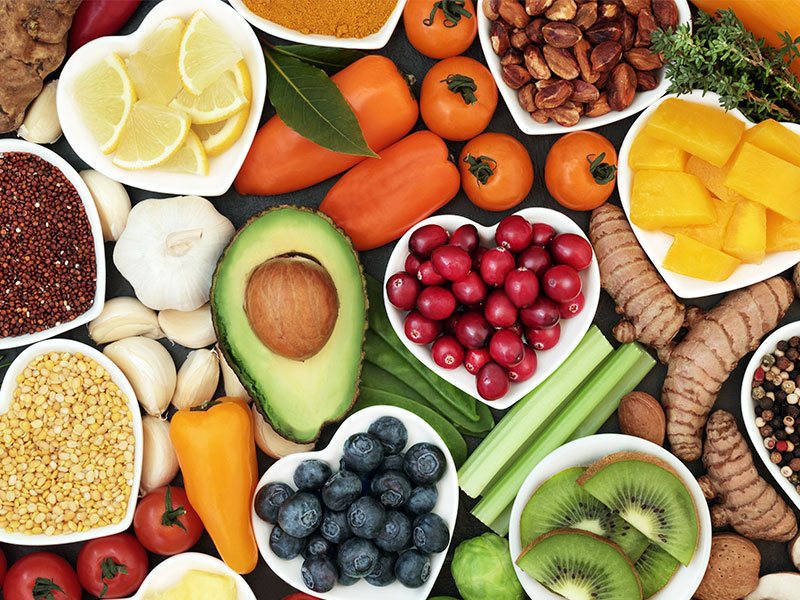



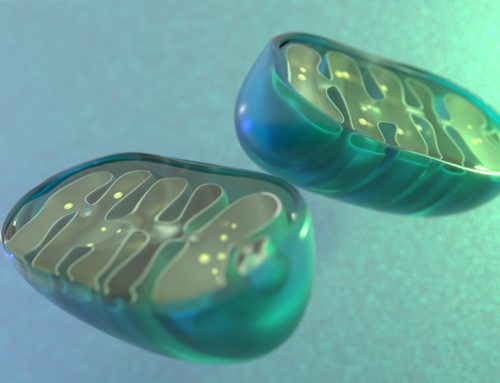
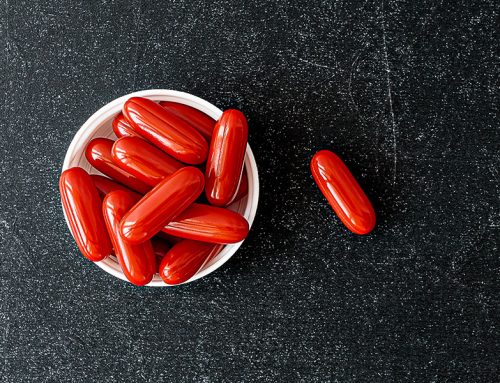

Leave A Comment